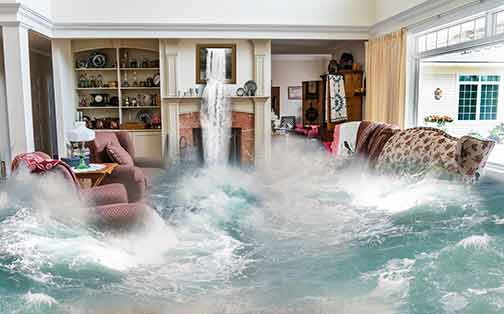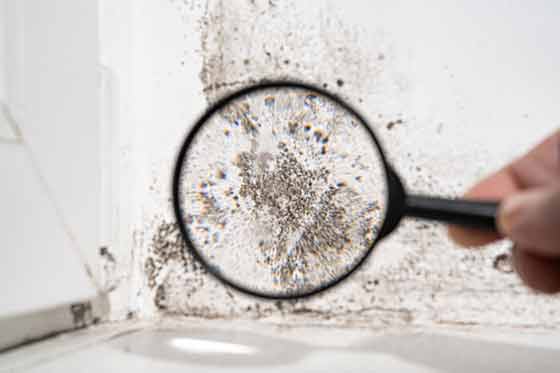
A flooded basement is every homeowner’s worst nightmare come true. Even in an unfinished basement, the impact of flooding can be devastating. Apart from the usual water damage, a flooded basement can impair your building foundation and expose your family to a range of health risks, says McCaw Management.
But by acting fast you can limit the impact of basement flooding on your home and family. What should you do if, despite the flood prevention measures in your home, your basement still floods? The following steps will help you reduce the aftermath of basement flooding in your home.
8 steps to help you recover quickly from basement flooding
Slow down, DO NOT rush
Yes, you must act fast to reduce the impact of basement flooding on your home. But you should not rush blindly into the situation. A flooded basement holds a lot of hidden hazards. If the water reaches the level of the power outlets in your home, there is a real risk of electrocution. Before doing anything, cut the power supply to your home. If the electrical panel is in the basement, call the power company and have them shut off the power. There is also a risk of gas leaks. If you can smell gas in the area, shut off the gas or, once again, contact the utility company and ask them to do it for you.
Locate the source of the water
Unless the flooding is caused by an extreme weather event, you need to find the source of the water. Common causes of basement flooding include; overflowing toilets & bathtubs, a failed sump pump, a backed-up drainage system, a leaking water heater, burst or leaking water pipes, and cracks in your building foundation. After you find the source of the water, you want to shut it off. If there is no way to turn off the water supply to a malfunctioning appliance or broken plumbing fixture, the best option is to turn off the water supply to your entire home at the main water shut-off valve.
Call your insurance company
You want to inform the insurance company as soon as possible. There is no need to give them the full details at this time. Just let the company representative know what is going on. They may want to send someone over and if they have a preferred company for dealing with such emergencies, they will let you know. As part of the process for preparing your insurance claims, you want to photograph and, possibly, video the flooded basement. Adding a voice commentary to the video will keep the events fresh in your mind.
Salvage your belongings
Raise all appliances above the level of the water. Organic and porous items should be dried within 24 hours or they will harbor mold. Remember that wood and upholstered furniture are easily ruined by water. Switches, wiring, and outlets that have soaked in water are no longer safe; they should be replaced. Items like clothes, rugs, or other fabrics should be removed for cleaning and drying. All portions of drywall that are below the water level should be replaced.
Remove the water
If you have more than a few centimeters of water inside your basement, you will need a wet vacuum or utility pump to remove the water. Otherwise, a bucket, some towels/absorbent cloth, and something to scoop water with will suffice. If the water inside your basement comes from an unsanitary source, let a professional handle the removal. Make sure to protect yourself while doing this; wear personal protective equipment.
Ventilate and dry out your basement
Your basement may look dry after removing the water, but it is not. A lot of moisture has been absorbed into the walls and flooring. If this moisture is not removed, it can cause structural damage to your building and also encourage mold and bacteria. To dry out the basement, open the windows to let air in and run fans and humidifiers in the space.
Clean and disinfect your basement
Start by cleaning the floors and walls with a mixture of water, soap, and disinfectant. Next, wipe down the entire area with a mixture of bleach and water. Please DO NOT mix bleach with disinfectant. All wet fabrics should be properly washed in hot water with detergent and thoroughly dried before they are worn. Remember to always wear rubber gloves when handling bleach.
Get rid of mold
Flooding increases the risk of mold and mildew in your basement. If there was mold in the basement before flooding, it would only get worse. To prevent mold, scrub the space with soap and a sponge. After this, scrub the entire area with a mixture of bleach and water. Make sure to wear protective eyewear, a respiratory mask, and gloves while doing this.
Finally, remember that the key to quick recovery from basement flooding is quick and informed action. This is why it is a good idea to contact a professional basement flooding service as soon as you find out that your basement is flooded. An expert knows exactly what to do to reduce the impact of basement flooding on your home and they will also do it faster than you can.



